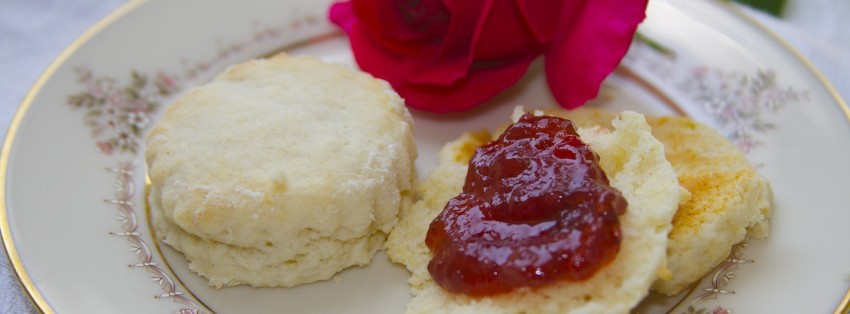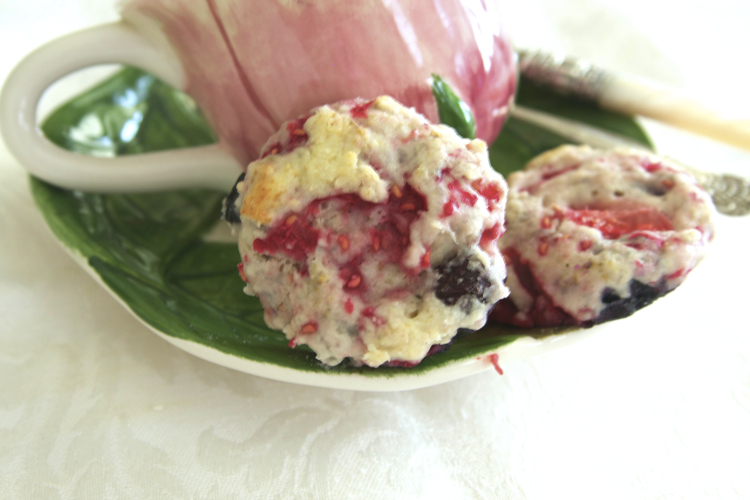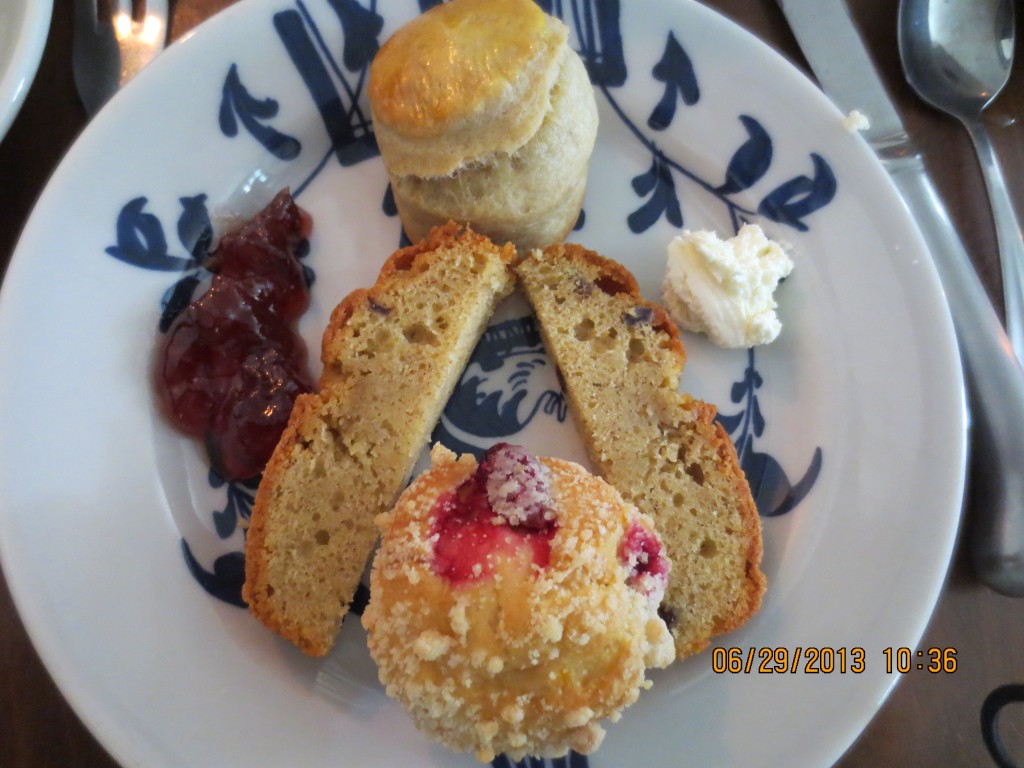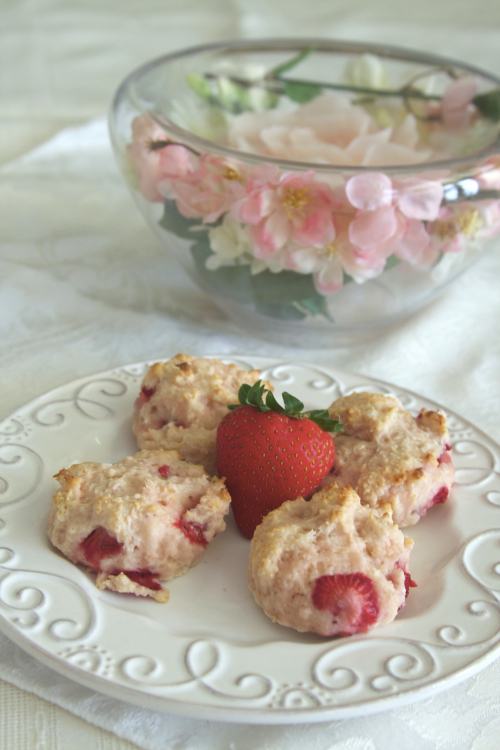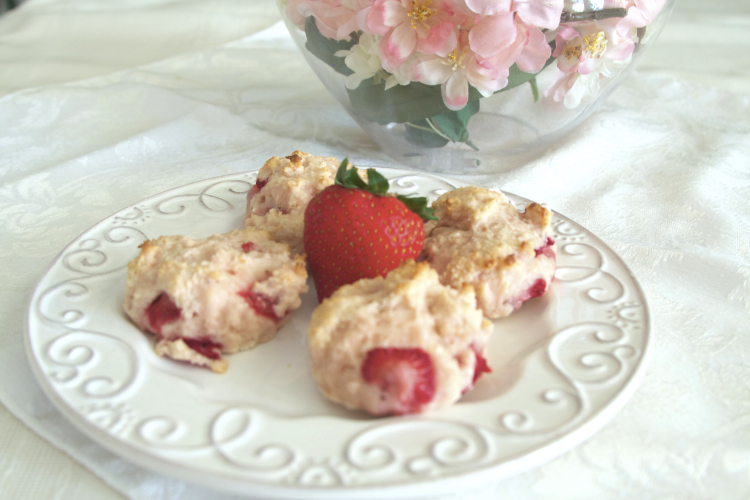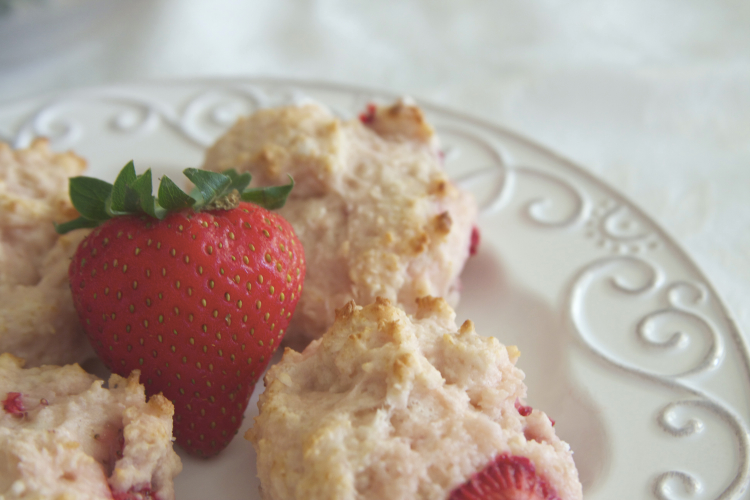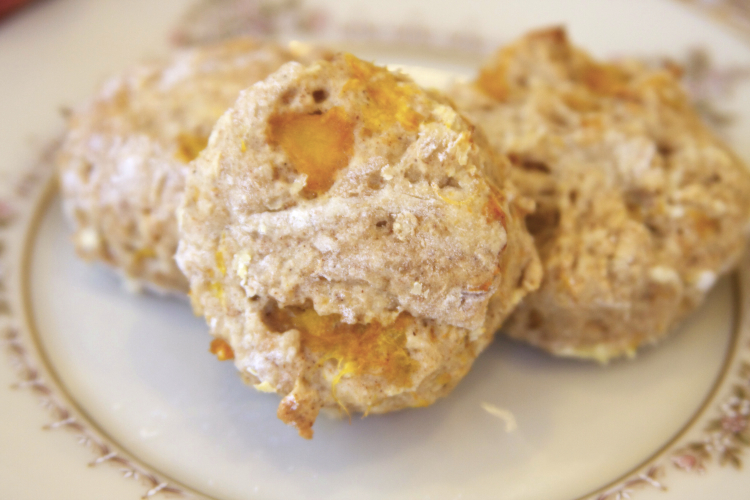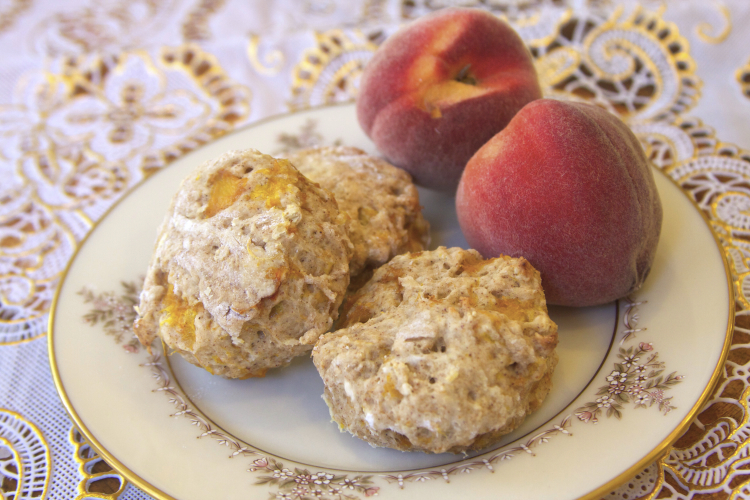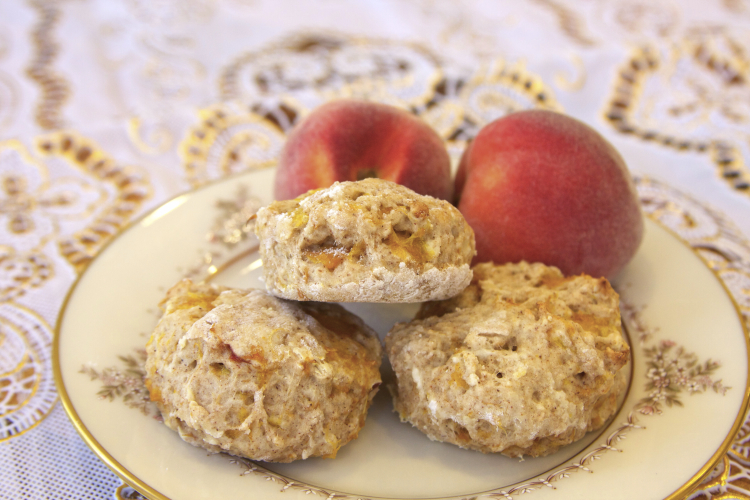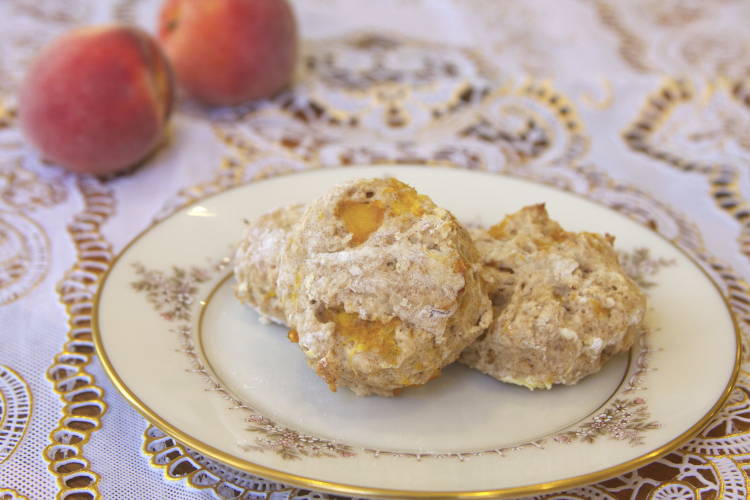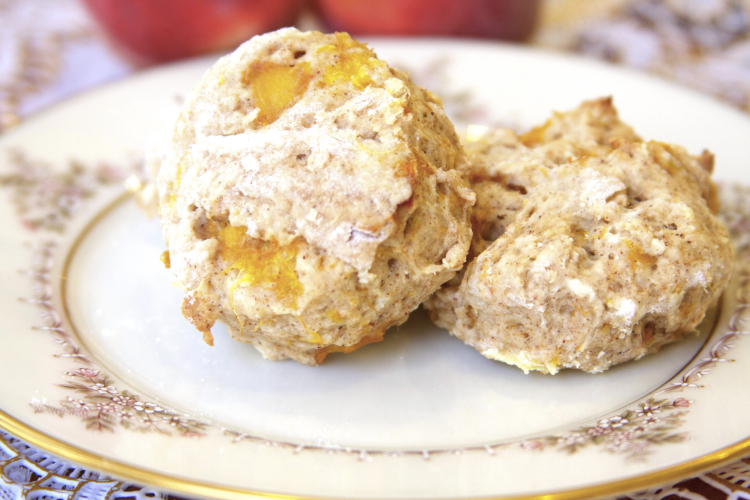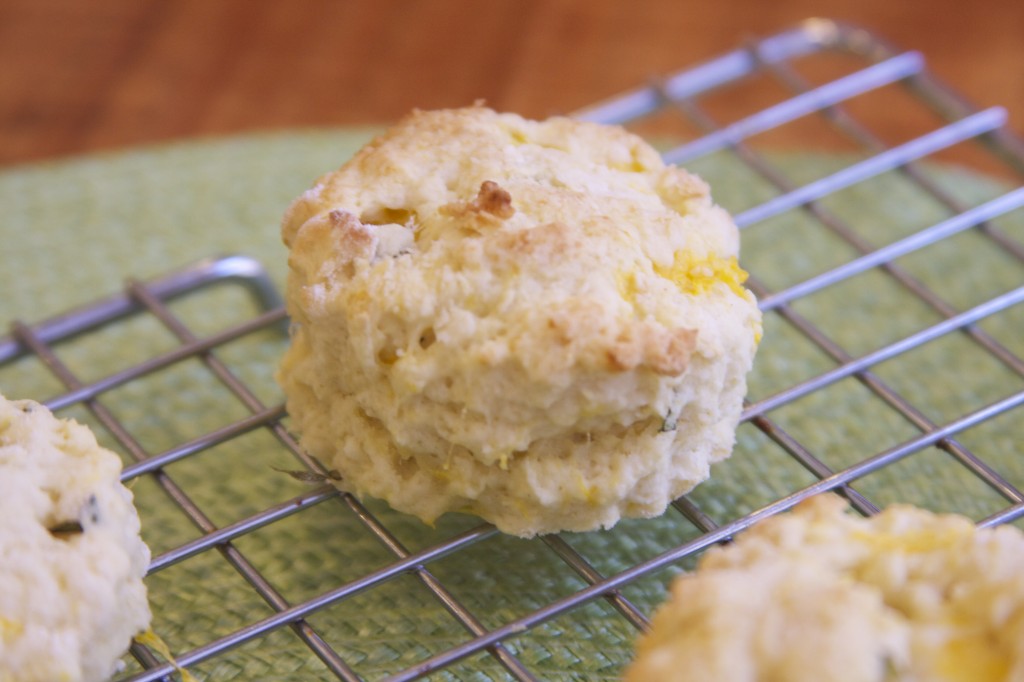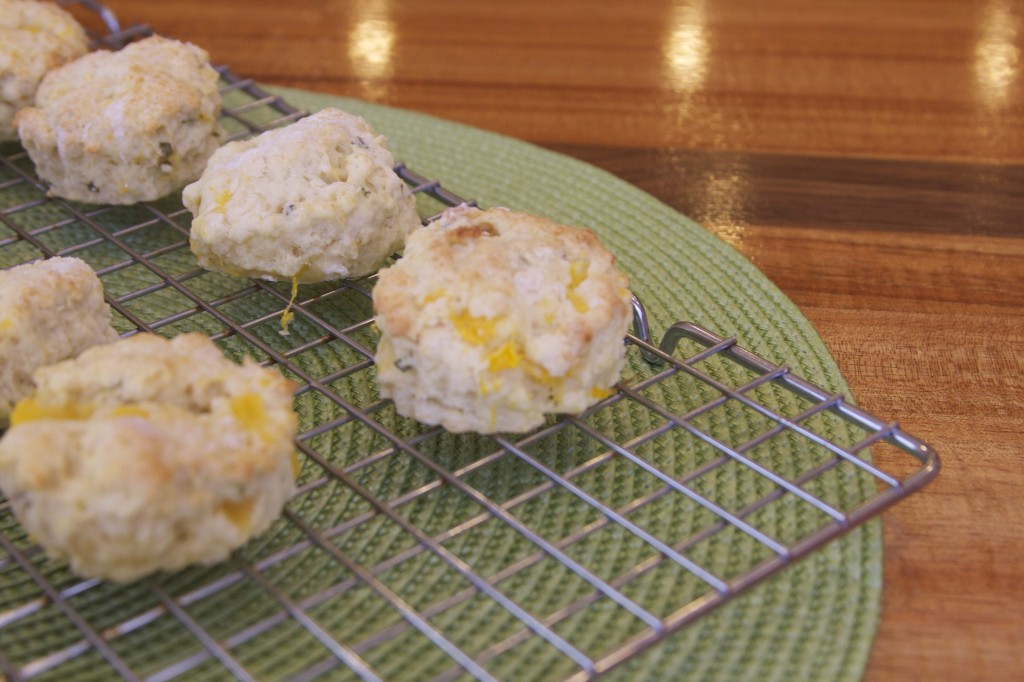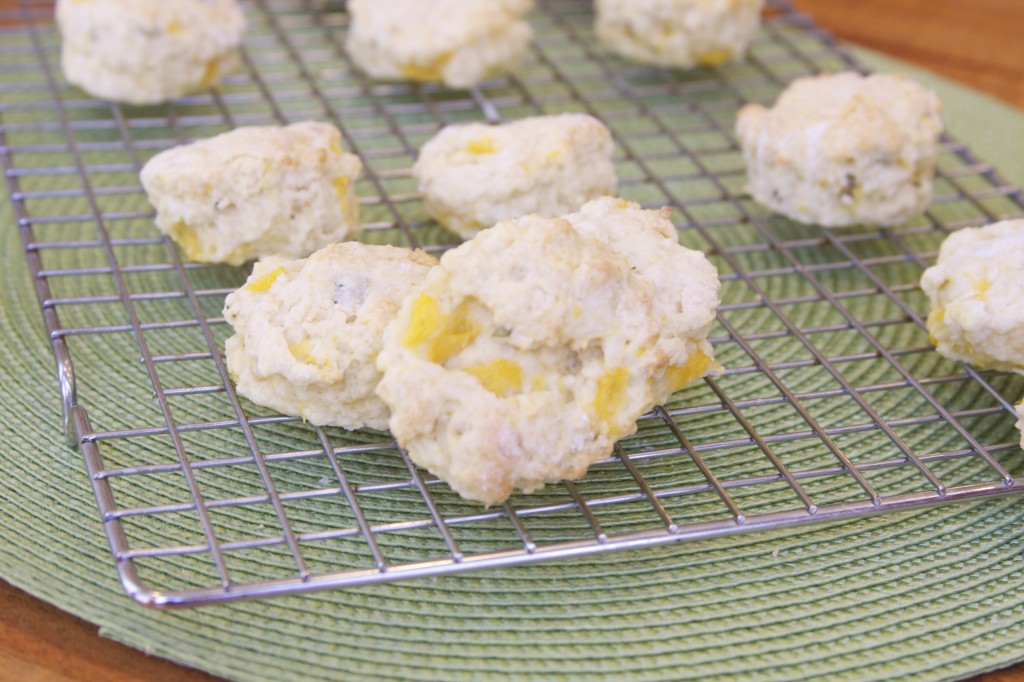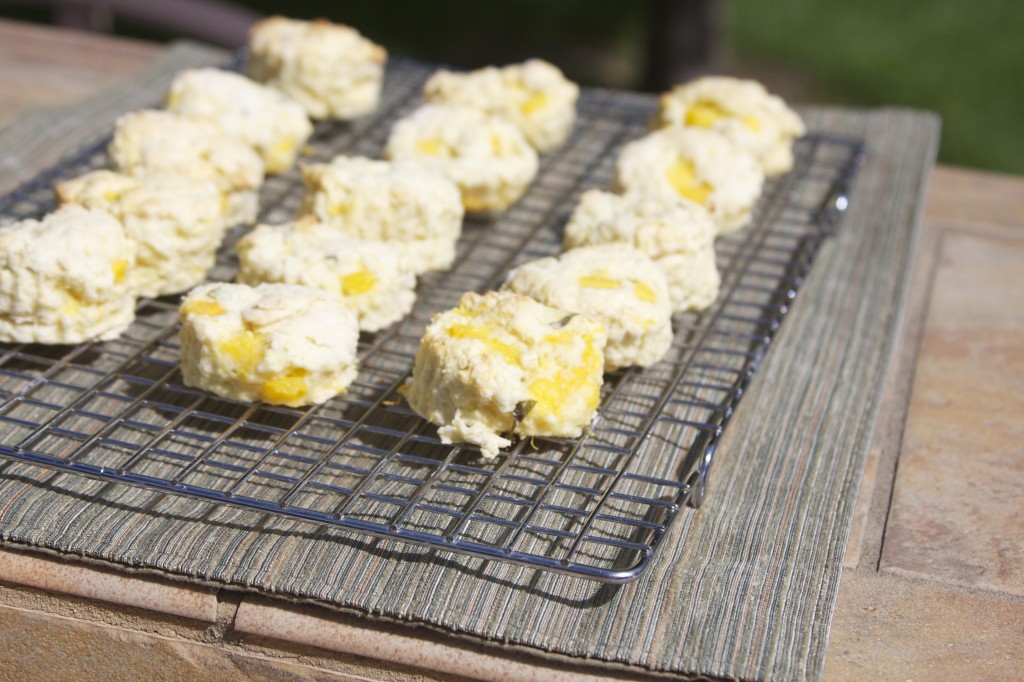The process of brewing tea seems so simple: boil water, pour over tea, steep, pour out and enjoy. I hate to be the bearer of bad news, but it is so much more than that! There is practically an art form to brewing the perfect cup of tea, and everyone has his or her own methods. We’ve been over some of them like teabags or loose leaf, steep and strain or steep and remove, milk first or last, milk at all…so let’s go one step further and talk about water.

You can’t have tea without water. Try it; I dare you (okay before you fire back at me I am excluding milk teas from this dare). Water is essential to tea! Tea is basically flavored water after all. Delicious, soothing, varied, and even healthier water but water nonetheless.
However water can also ruin your tea. Yes, by steeping your chosen tea in a water bath of uncoordinatedly high temperatures, you can essentially burn the tea leaves and be left with a bitter cup of tea that you won’t discard because that would just be tragic but you certainly won’t enjoy to its fullest. It may even result in your not liking tea, which would be even more tragic than you pouring tea down the drain!
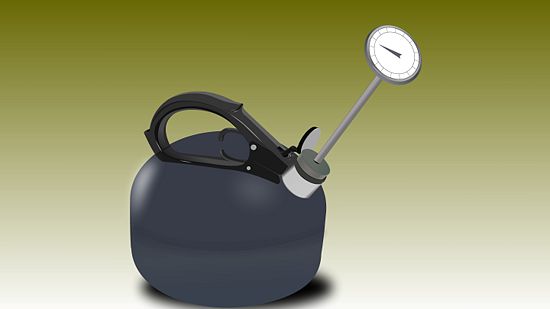
So let’s quickly go over the proper water temperature and brewing time for each type of tea. Sounds good?
Black Tea: Because black tea is so robust and is the most oxidized of the teas, you can actually brew this one in boiling water for about 3 minutes. Try not to pass 5 minutes or you will be past the bitter point of return (I’m a little punny while writing this, my sincere apologies).
Oolong Tea: Brew between 185-205°F for about 5 minutes. Basically allow the water to boil and then cool for 30ish seconds before brewing.
Green Tea: As we move further down the oxidized ladder, the teas should be brewed at lower temperatures. Green tea is optimal at 150°F for only 2-3 minutes. Green tea becomes bitter very quickly so keep an eye on it!
White Tea: Oddly, this tea can be brewed a little warmer than green tea at 180°F for about 4-6 minutes. Why odd? White tea is a gentler tea than green tea so you’d expect to coddle it a bit more, but there needs to be an exception to every rule I suppose.
Rooibos: Note that I didn’t label it rooibos tea because technically it’s a tisane and we are all about technicality today! This South African tea can handle it’s stuff; feel free to brew it with boiling water for longer than 5 minutes. It probably won’t get bitter.
Herbals and Tisanes: The rest of the not-teas can be brewed at boiling water for 5 minutes as well, but as there are no hard and fast rules about tisanes, feel free to experiment to your taste.
Now you know, now there are no excuses, and now you are going to completely disregard these guidelines because who wants to use a thermometer when preparing a kettle?
Like this:
Like Loading...
